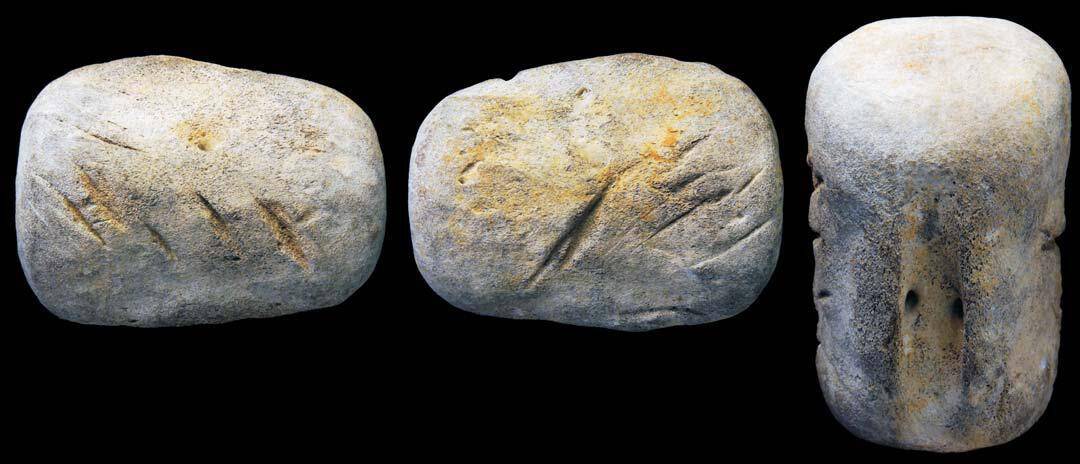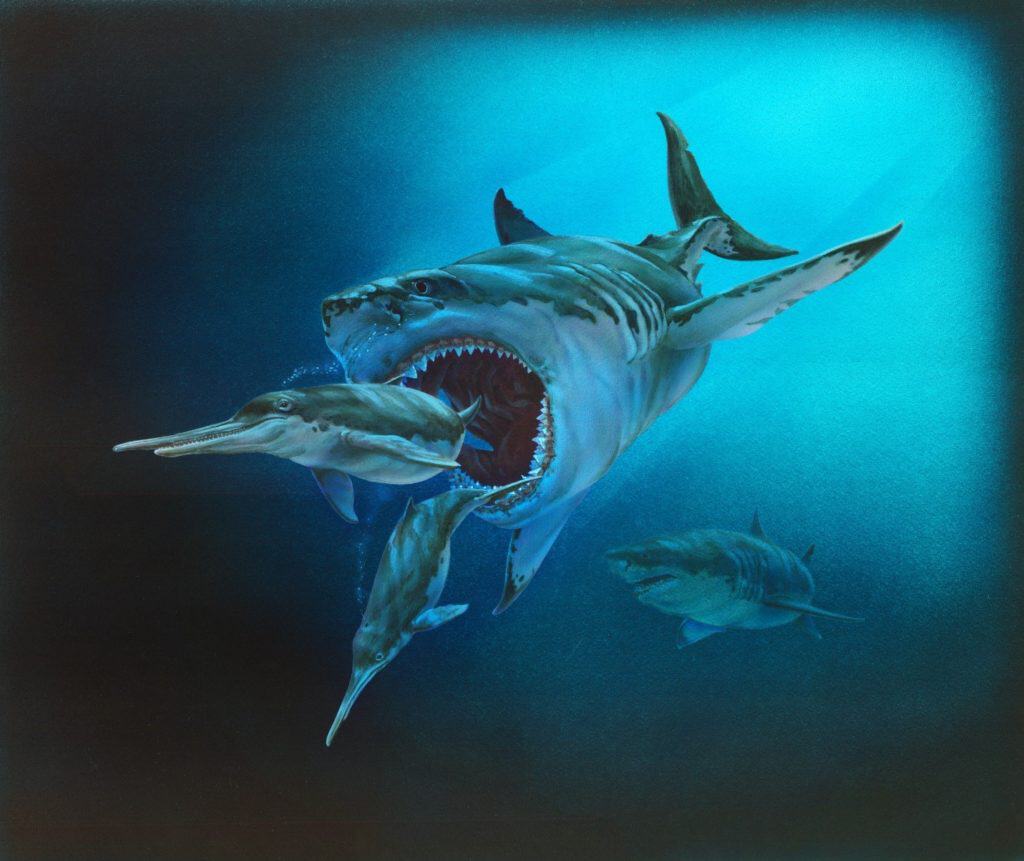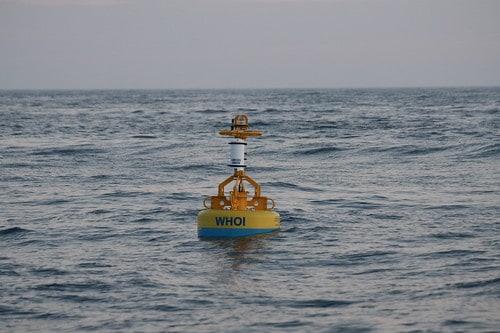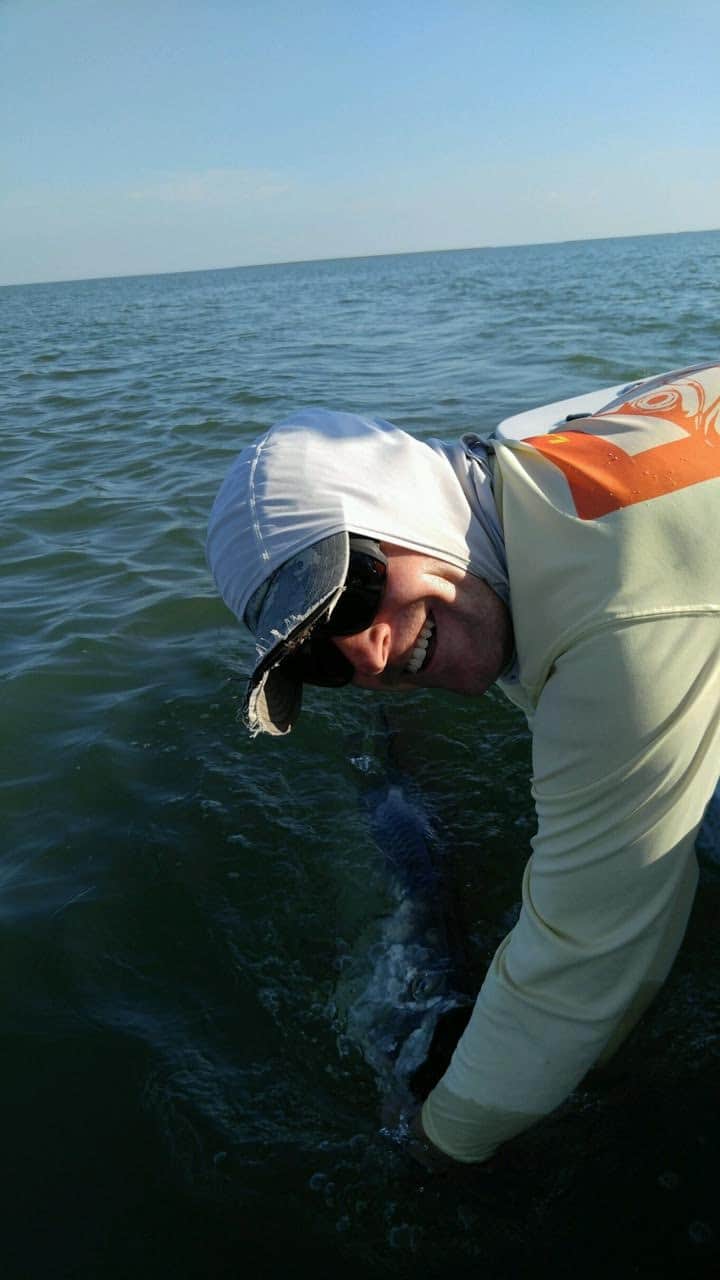The massive prehistoric shark known as megalodon has secretly survived over millions of years, and comes out of the depths to attack unsuspecting boaters, in this summer’s blockbuster thriller The Meg.
In real life, the megalodon has been extinct for 2 million years. But the chief paleontologist at Calvert Marine Museum is studying a fossil of an animal that was bitten by the mega-shark, found at Calvert Cliffs, reminding us that it wasn’t just a movie fantasy at one time.
The fossils from dolphin tail bones show bite marks from the shark, which was the largest predator on earth between 2 and 20 million years ago, estimated between 50 and 60 feet long. The fossil dolphin tail bones suggest that the megalodon chased down prehistoric dolphins and disabled them by biting deeply into their tails.
Museum Curator of Paleontology, Dr. Stephen Godfrey, just published a paper with colleagues Mike Ellwood, Stephen Groff, and Michal Scott Verdin, the paleontologists who found the bitten dolphin fossils washed up on beaches at Calvert Cliffs.

Today, great white sharks are known to disable dolphins by biting their tails, and the paper’s authors reason that the megalodon likely did the same. The fossil tail vertebrae show multiple gouges, suggesting that the shark repeatedly chomped the dolphin’s tail between its teeth. The fossil also offers evidence that megalodon preyed on relatively small animals, compared to its own enormous size.
To read the published paper, click here.
-Meg Walburn Viviano




